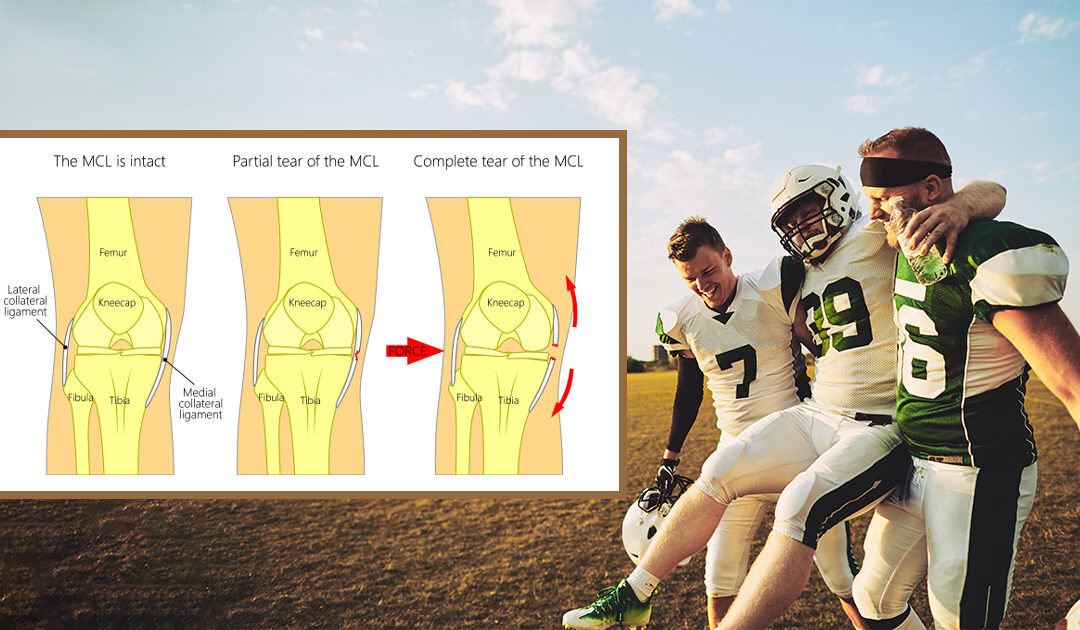
by Comprehensive Orthopaedics | Aug 29, 2019 | pain, Spine, Wellness
(HealthDay News) — Lifting heavy things is a leading cause of workplace injury, says the University of North Carolina. People who practice smart lifting techniques are less likely to suffer muscle sprains, pulls and injuries caused by heavy lifting. To properly...

by Comprehensive Orthopaedics | Aug 29, 2019 | Spine, Wellness
SATURDAY, Aug. 24, 2019 (HealthDay News) — Books, tablets, lunch: Stuff can really start to weigh heavily in your kid’s school backpack. And so experts at the American Academy of Orthopaedic Surgeons (AAOS) are offering tips on backpack safety to parents...

by Comprehensive Orthopaedics | Aug 20, 2019 | Anti-aging, pain, Spine, Wellness
(HealthDay News) — Back pain is one of the most common medical issues in the United States, says the National Institutes of Health. Short-term back pain lasts no longer than six weeks, and can be uncomfortable if untreated. To treat short-term back pain, the NIH...

by Comprehensive Orthopaedics | Aug 15, 2019 | Knee, surgery, Wellness
An MCL tear or rupture can be a debilitating injury, but it often responds well to conservative treatment options like physical therapy. The medial collateral ligament (MCL) runs along the inside of the knee and connects the shinbone, or tibia, to the femur, or...

by Comprehensive Orthopaedics | Aug 14, 2019 | Anti-aging, Spine, Wellness
TUESDAY, Aug. 13, 2019 (HealthDay News) — A well-organized backpack helps ensure that your child has everything needed for school. Problems start when it becomes overloaded. Lugging around a heavy pack can lead to bad posture, back pain and worse. The problem is...





